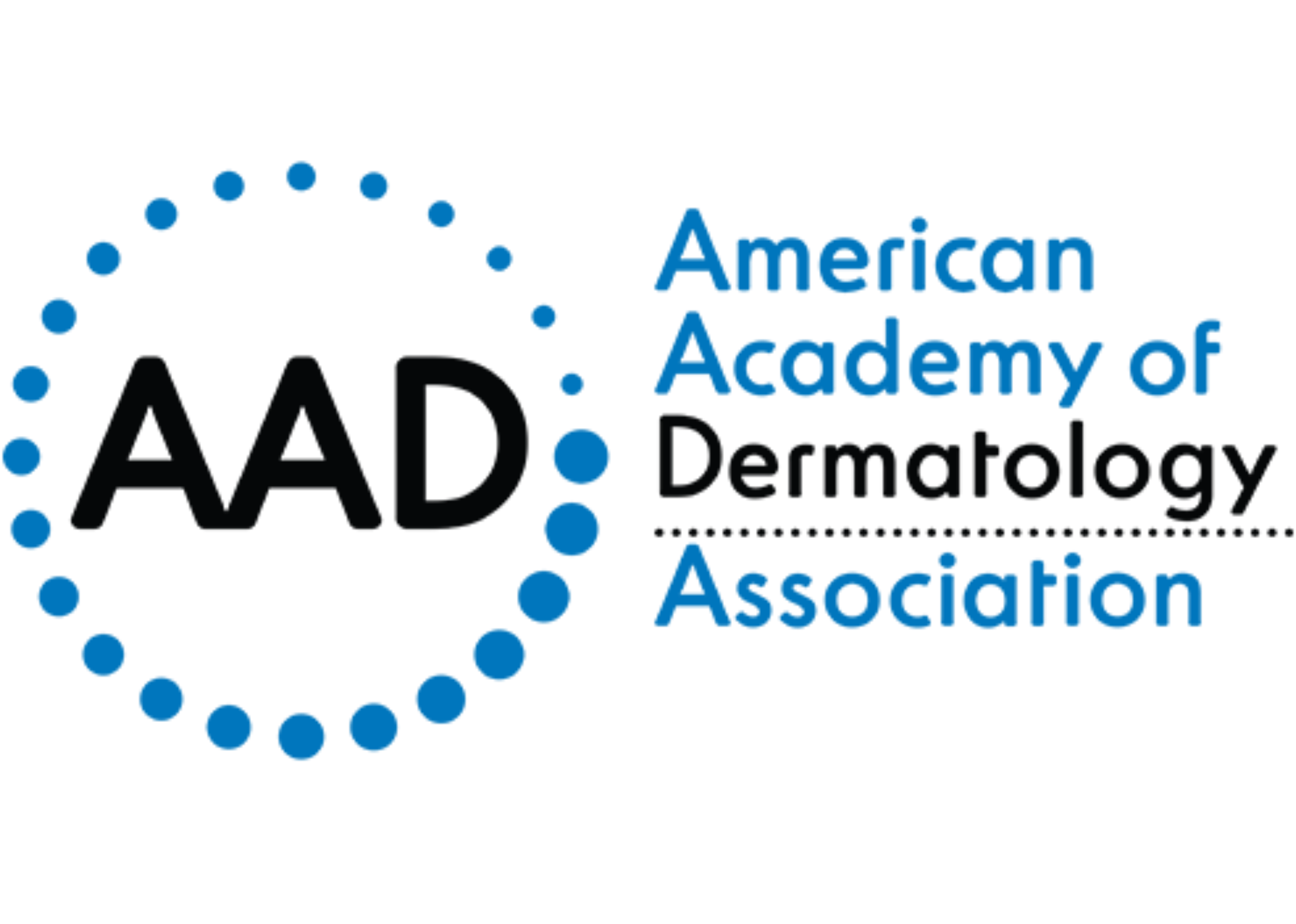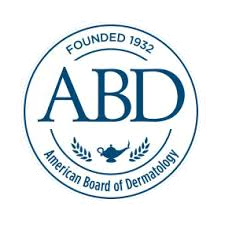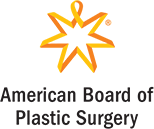As we approach Halloween on October 31, we are reminded of the plague that molluscum causes in our younger population.
Molluscum is caused by the molluscum contagious virus, a member of the pox virus family. Yes, it is a cousin to small pox, but much less harmful. Like other pox viruses it can leave a small pock mark behind after it resolves.
Molluscum is very common in younger children. Older children and adults can be affected too, although much less commonly. Molluscum is a virus and it is contagious to others. However, once affected our immune systems usually protect us from further infection.
The CDC provides information about treatment options:
“How is molluscum treated?
You should discuss all treatment options with a health care provider. Usually no treatment is needed because the bumps disappear by themselves within 6-12 months, although this may take up to 4 years.
To prevent the spread of molluscum to other areas of your body or to other people, it is important to keep every blister or bump covered either with clothing or with a watertight bandage. However, to promote healthy skin, do remove the bandage at night and when there is no risk of others coming into contact with your skin.
A number of treatment options are available, but some (available from internet services) are not effective and may even be harmful. Therefore, always discuss any possible therapy with your health care provider. Treating the molluscum growths may prevent spread to other parts of the body and to other people. Not everyone agrees on how well treatments work.
Treatment is more difficult for persons with weakened immune systems (for example, people who are HIV positive or receiving cancer drugs). For people with weakened immune systems, the best treatment seems to be medications that help strengthen the immune system.
Treatment Options in the Health Care Setting
Cryotherapy (freezing the molluscum growth) is one treatment option. This is the same way that warts are removed from the skin. Another option is to remove the fluid inside the bumps (termed curettage). Lasers also can remove molluscum bumps.
All three options may be a little painful and should only be done by a health care professional. Both curettage and cryotherapy methods may leave scars. In a small percentage of cases, natural healing of molluscum contagiosum bumps lead to scars regardless of type of therapy.
Treatment Options in the Home Setting
Check with a health care provider before using any of these treatments. Most of these creams and oral medicines are available by prescription.
Creams that include certain chemicals (i.e., salicylic acid, podophyllin, tretinoin, and cantharidin) may be used to remove the bumps. There is also a newer cream (imiquimod) that helps strengthen the skin’s immune system. The creams are applied directly to each growth. Unfortunately these creams do not always remove the bumps and they may be harmful.
The oral medicine cimetidine has been used for treatment of molluscum in small children. This medicine is available only by prescription. As with all medications, cimetidine may cause unwanted side effects.
In general, medications should not be used by pregnant women, women who are breast feeding, or women who may become pregnant—without first asking a health care provider.”
For more information visit:
http://www.cdc.gov/ncidod/dvrd/molluscum/faq/everyone.htm
If you would like make an appointment for molluscum evaluation and treatment, please make an appointment online or call 210-829-5180







